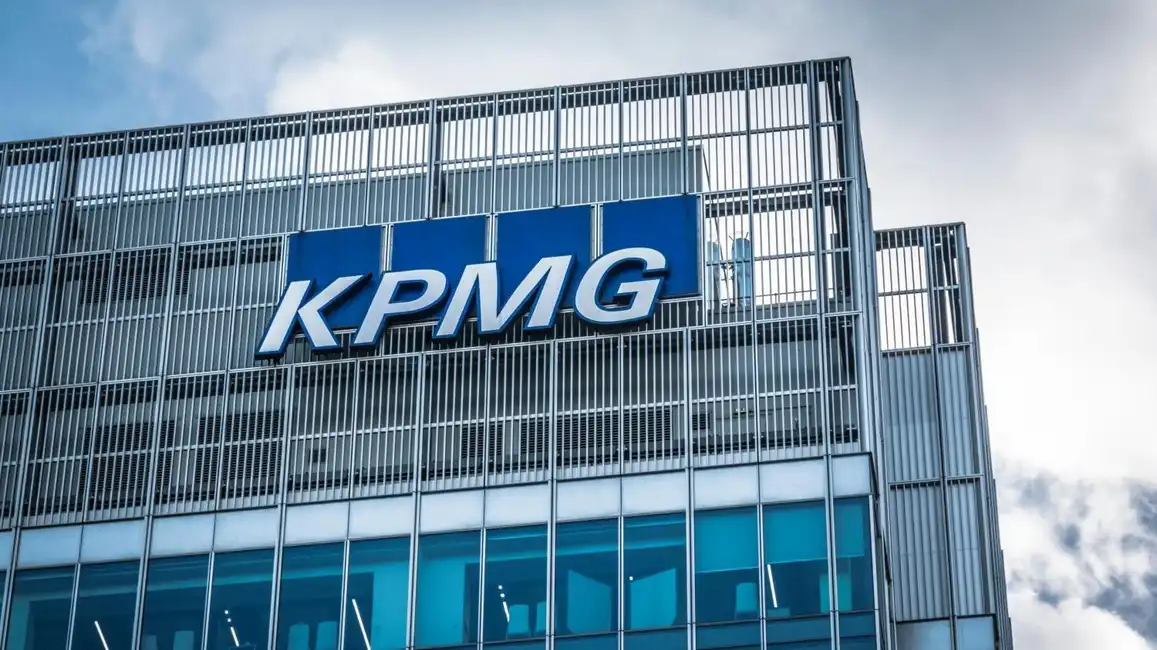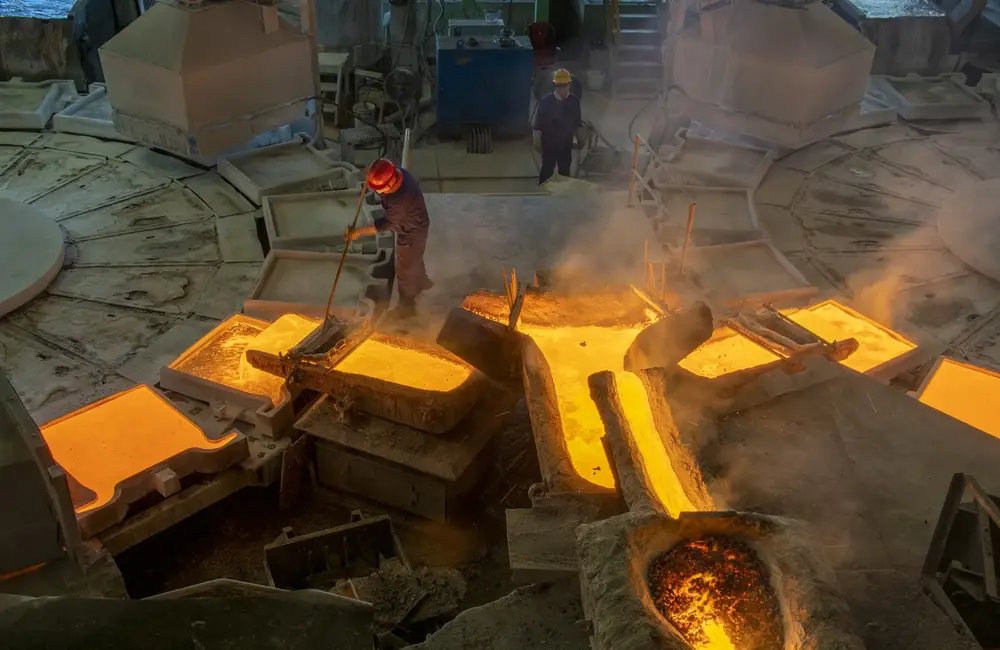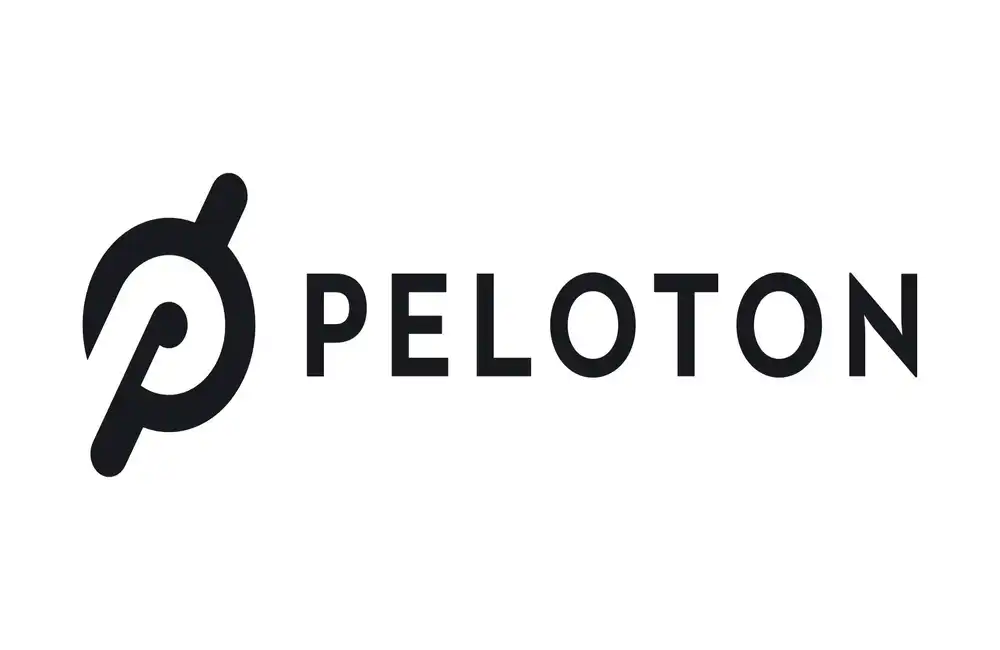Industry sources talking Oct. 10 said the plan from the London Metal Exchange to ban Russia-origin metal entering its warehouses could be a game-changer for Chinese aluminum prices, along with support from the domestic production scenario and output cuts.
China's aluminum prices were likely to stay volatile in the shorter term ahead of a final LME decision on suspending trade and storage of Russian metals, one of the sources said.
According to the SHFE data, the most-active aluminum futures contract for delivery on the Shanghai Futures Exchange November was closed at Yuan 18,565 ($2,599)/mt on Oct. 10, up 1.6% from the pre-holiday settled price. Much of the gain was due to what was seen at the LME.
LME a discussion paper Oct. 6 on the prospect of banning trade and storage activities at the exchange of Russian aluminum, nickel and copper amid concerns around market participants increasingly rejecting the products at a time when negotiations for 2023 contracts have been proceeding.
Production cuts have, meanwhile, continued in Europe and China.
Bolstered by the output cuts and LME plans, aluminum prices on the LME rose during China’s National Day holidays because a supply glut in LME warehouses would clear once the exchange curbs new deliveries of Russian aluminum.
The three-month aluminum official offer on the LME hit $2,345.5/mt Oct. 7, an increase of 6.8% compared to its level Sept. 30.
Earlier, markets were spooked there Russian metal producers including Rusal would be unable to sell aluminum and they would opt to deliver the metal into LME-registered warehouses, which in turn could have elevated stocks at the LME warehouses and depressed prices.
Russia is the world’s largest primary aluminum producer, with output from the Rusal company making up 6% of global production.
China’s imports from Russia were not anticipated to increase materially in the months ahead as domestic capacity has been increasing, the sources said.
China's primary aluminum imports from Russia rose 7.5% on the month to 41,978 mt in August, representing 85% of the country's total imports.
Shuangjin is expected to resume production at its smelters in Jiangxi, Yunnan, Qinghai, etc., while some smelters in Sichuan are also resuming production, but the pace is still slow due to new COVID-19 cases and electrolytic tank repair work, sources stated.
China's market players are monitoring consumption post-holiday. Downstream demand has recovered somewhat but is still below that of recent years, which could limit upside for domestic prices, the sources said.

















